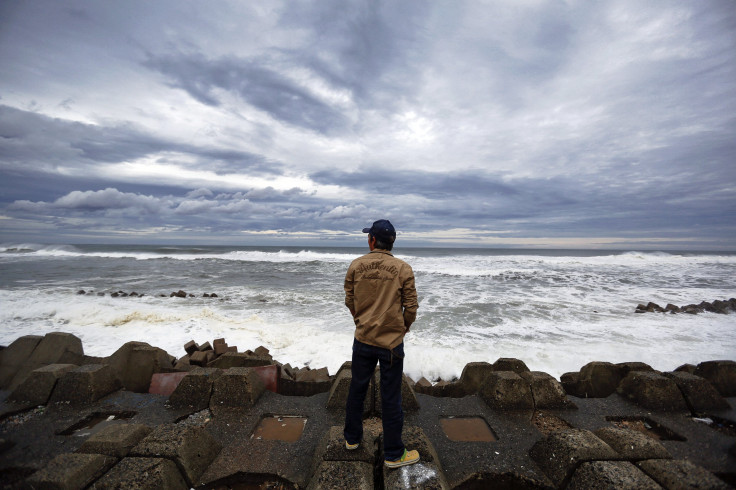Two Years After Fukushima, Japan Opens Biggest Solar Power Plant, Reaching A National Milestone In Renewable Energy

Steering away from nuclear power following the 2011 Fukushima disaster, Japan on Monday opened its biggest solar plant.
Japan’s Kyocera Corp. built the 70-megawatt Kagoshima Nanatsujima Mega Solar Plant in the country’s southwest region. The plant will produce enough electricity to power about 22,000 homes, according to xinhuanet.com.
"We would like to contribute to new development and improvement for human societies through a new type of energy production from Kagoshima, the place where many courageous samurai challenged the ancient political and social regime in the 1860s to reform the country," Nobuo Kitamura, the plant’s president, said at the plant's opening ceremony.
Japan aims to diversify its energy mix by developing its renewable energy sector, and it's pushing solar by giving incentives to homeowners and businesses that use it. Previously, Japan's energy policy favored nuclear power.
To date, Japan is one of only five countries to have achieved 10-gigawatts of cumulative solar capacity, according to recent research released by NPD Solarbuzz. The four other countries are Germany, Italy, China and the U.S.
According to an independent equity broker and financial services group, Japan’s solar energy will increase to 19-gigawatts by 2016. One gigawatt of solar power is enough to power 139,000 homes, according to the Solar Energy Industries Association.
By the end of August, rooftop solar panel installations made up 89 percent of Japan's solar market, and the remaining 11 percent comprised installations on the ground and off-grid segments.
Japan’s evolving solar strategy includes efforts to diversify its energy portfolio, reduce its Mideast energy dependence and avoid related import disruptions.
© Copyright IBTimes 2024. All rights reserved.












